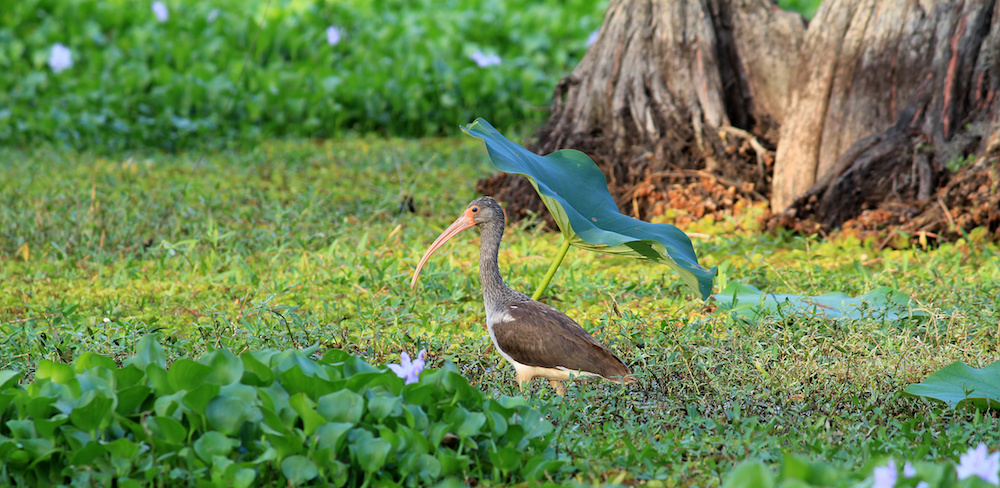Why we must refurbish Louisiana’s wetlands
Dillon Hoffman
|March 21, 2017

A Louisiana wetland
Dillon Hoffman is a student at Liberty High School in Liberty, NY who has become interested in wetlands restoration through a high school project.
Louisiana’s wetlands are currently undergoing a serious amount of land loss. Their barrier islands and bayous are being eroded at drastic rates due to the interference of human and natural causes. The construction of levees prevents the deposition of sediments in the wetlands. On top of that, subsidence (sinking of land into the Gulf of Mexico) has contributed to 53% of land loss in the Deltaic plain over the century. The ground is also sinking due to oil, gas, and groundwater extraction from the Delta. Most land loss occurs in the Barataria and Terrebone Basins, where 10–11 square miles of land are lost each year.
Louisiana’s Department of Natural Resources maintains that at current land loss rates, nearly 640,000 more acres, an area nearly the size of Rhode Island, will be underwater by 2050. Below is a map projecting the amount of land that could be lost by the middle of the century. Due to a rise in sea-levels, the increased frequency and severity of storms and hurricanes, and loss of sand due to currents on the coast, climate change is threatening land loss.

There are current attempts at restoring the wetlands. From 2006 to 2009, the Pass la Mer to Pass Chaland and the Pass Chaland to Grand Bayou Pass projects helped to restore 390 acres of island shoreline and dunes that were lost at the time by using vegetation to help fence in the area so the land could not be washed away as easily.
Another issue is the depletion of oyster barriers due to oyster farming in the bayous. Oyster beds can help to prevent erosion as well. Farming them causes additional erosion. One idea to protect oyster beds involves using wind turbines. Oyster beds could be put up to replace the areas that have been farmed by oyster farmers and then wind turbines could be built atop these new oyster beds so they are not accessible to farmers. Oyster beds could be preserved and the wind turbines be a good source of power to areas that do not have access to other forms of power. Now you may be asking, “Why preserve the oyster beds? They’re just oysters.” But oyster beds help filter silt in the water, helping to preserve water quality and plant life. Drilling for oil also causes damage to the wetlands, making them more unstable when storms come and the tides move in.

The Louisiana coast needs protecting. There is no time to waste. These areas are beautiful and home to many of wild animals. We have a responsibility to protect them and the people that call this region home. If you’re interested in supporting this work, please sign the petition to help our cause.
Join our Youth Action Network
More Blog Posts

Our Climate Wins Were on Display at the State of the Union
Today, the Biden Administration temporarily halted all pending decisions on 17 Liquefied “Natural” Gas (LNG) projects across the Gulf South.
Read More
ACE Honored As An Anthem Awards Finalist
Action for the Climate Emergency (ACE) announced today that it won Bronze in Best Use of AI at the 3rd …
Read More
BREAKING: Biden Halts LNG Export Expansion
Today, the Biden Administration temporarily halted all pending decisions on 17 Liquefied “Natural” Gas (LNG) projects across the Gulf South.
Read More